
ᛚᚣᚱᚾ᛫ᚱᚢᚾᛉ
Learn Runes
ᛈᛖᛡᚷ᛫ᚣᚾᛞᚣᚱ᛫ᛣᚣᚾᛥᚱᚣᛣᛋᚳᚣᚾ
Page under construction


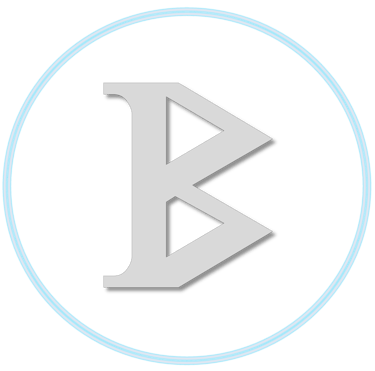








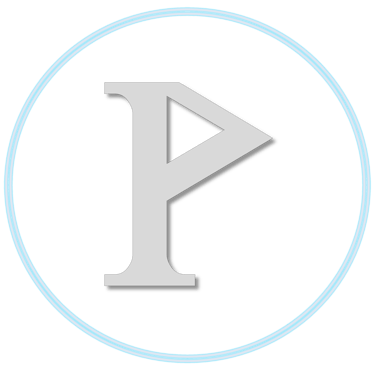










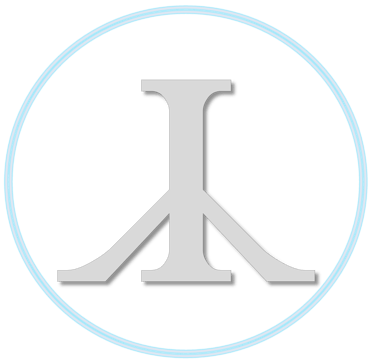
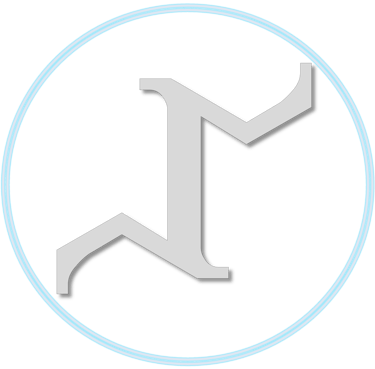






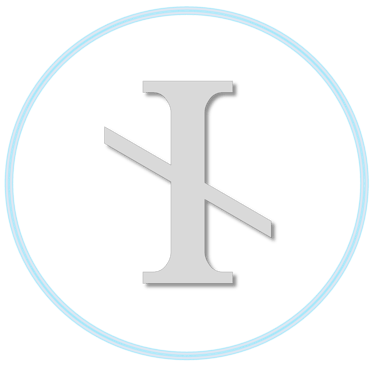





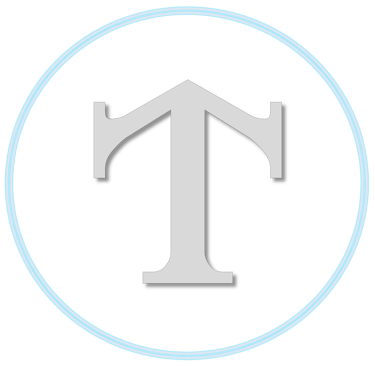





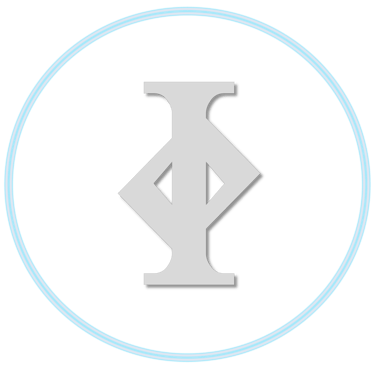



















In some parts of the world, they use sounds most English speakers almost never hear.
Examples include the Scottish "ch" in "loch", the Welsh "ll" in "llan", and the way some people say the "wh" in "white".
If you don't use those sounds, there's no requirement to write them. But it still helps to know how to read them just in case you come across them or you meet someone who uses them all the time. (Current images are placeholders.)

Vowels
One of the advantages of writing in runes is that there are no standardised spellings, so you can only be "wrong" if folk can't read what you wrote. Unfortunately, because runes represent sounds and not everyone speaks with the same accent, communicating across dialects can be challenging.
To overcome the infamous "accent problem" we use a system of key words derived from Prof John Wells' Lexical Sets but supplemented by a few other words to fill in the gaps where you may hear some of the rarer vowels.
Looking at the chart, you'll see the 5 vowels of the Latin alphabet on the left. In the top row, you'll see that each one of them has 3 equivalent types in runes.
As a general rule, in the proverbial Average Joe's accent:
Type 1 is either a short or lax vowel.
Type 2 is either a long or tense vowel.
Type 3 is a sliding vowel (diphthong).
However, in practice there are exceptions in every dialect.
In each box, the underlined letters indicate the vowel sound represented by the rune(s) shown in that box, e.g. ᛖ represents the vowel sound you hear in the word DRESS. Do you think any words are in the wrong position?
If you do, that's because Average Joe's accent represents an amalgamation of around 50 different accents spoken in various parts of the world by native English speakers. The result is that this reference chart works well for most people, most of the time. But if you can't hear the difference between two or more sounds shown in the chart, there are ways around this problem.
Before going on, take a look at the words below. Listen for the sound of the underlined vowel in each one. Then ask yourself, where do you think that sound belongs on the Vowels Chart? Have you ever heard any of them pronounced another way?
If so, would you still understand those words if they were written with that other sound? Here are the words to try for yourself:
BATH father LOT THOUGHT STRUT GOOSE d’oeuvre tomorrow FORCE LETTER hurry plural
If you find some sounds don't fit anywhere, which sound do you think they're closest to? Or where do you think they should be?
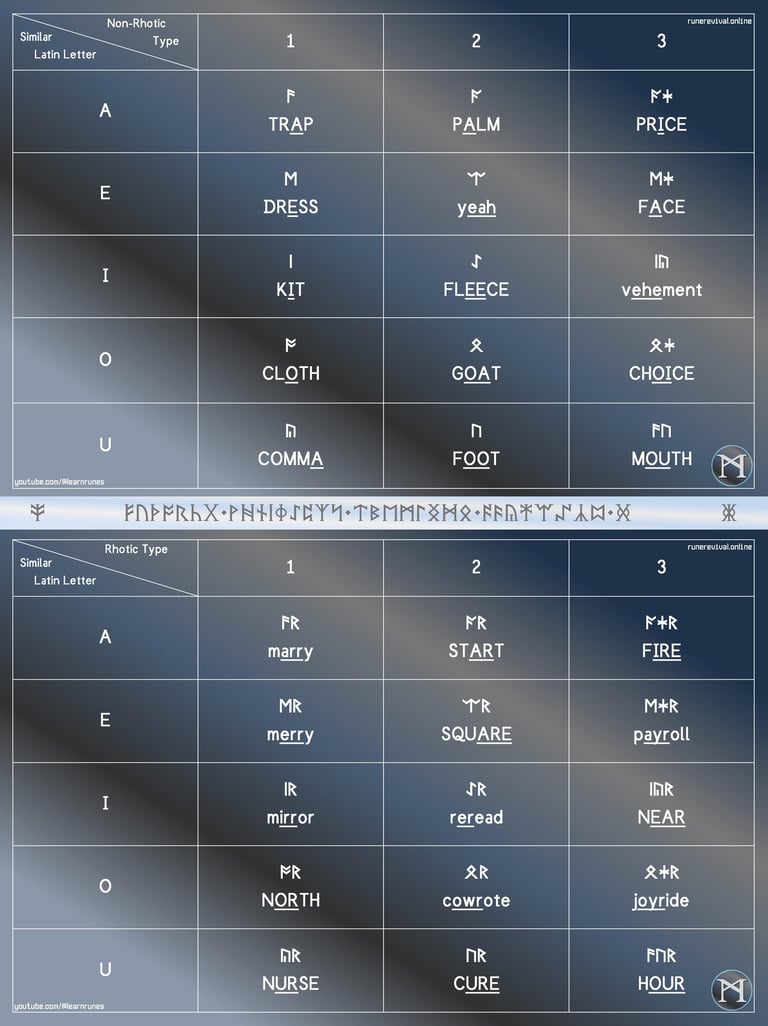


ᛁᚾᛏᚱᛟᛞᛡᚢᛋᛁᛝ᛫
ᚦᚣ᛫ᛏᚣᚳᛥᛟᚾ
The Touchstone is the common reference point of Modern English Futhorc.
We're currently improving our video series. Check back soon!
Introducing
The Touchstone
ᚦᚣ᛫ᛏᚣᚳᛥᛟᚾ᛫ᛁᛉ᛫ᚦᚣ᛫ᛣᚩᛗᚣᚾ᛫ᚱᛖᚠᚣᚱᚣᚾᛋ᛫ᛈᚩᛡᚾᛏ᛫ᚣᚠᚠ᛫ᛗᚩᛞᚣᚱᚾ᛫ᛁᛝᚸᛚᛁᛋᚳ᛫ᚠᚢᚦᚩᚱᚳ᛬
ᚹᛇᛌᚱ᛫ᛣᚣᚱᚣᚾᛏᛚᛇ᛫ᛁᛗᛈᚱᚢᚠᚠᛁᛝ᛫ᚫᚢᚱ᛫ᚠᚠᛁᛞᛇᛟ᛫ᛋᛁᚣᚱᛇᛉ᛬ᚳᛖᛣ᛫ᛒᚫᛣ᛫ᛋᚢᚾ᛭
